Moon Landing Missions – Only 45% Success in 20 Years
22nd Jan 2024
Over the last two decades, a new wave of Moon landing missions has been attempted by space agencies and private space companies. The US, Japan, the European Union, China and Israel have launched a variety of scientific and demonstrational lunar missions.
After the historical first steps on the Moon, some might think it’s going to be easy to land a spacecraft on the lunar soil, as we’ve already done it before! About 60 years have passed since the first uncrewed moon landing, and it’s still a struggle to achieve a safe soft landing.
Starting from 2013, there have been 11 Moon landing missions and only five of them were successful, if considering the recent SLIM landing a success, despite some issues with the rover. The success rate now is only 45%. It seems like a lot of work needs to be done before we have ambitious Moon bases, the Artemis mission, and commercial projects for mining resources.
Here are some key details about the Moon landing missions in the last 20 years and their results.
✅ Success: Chang’e 3, December 2013
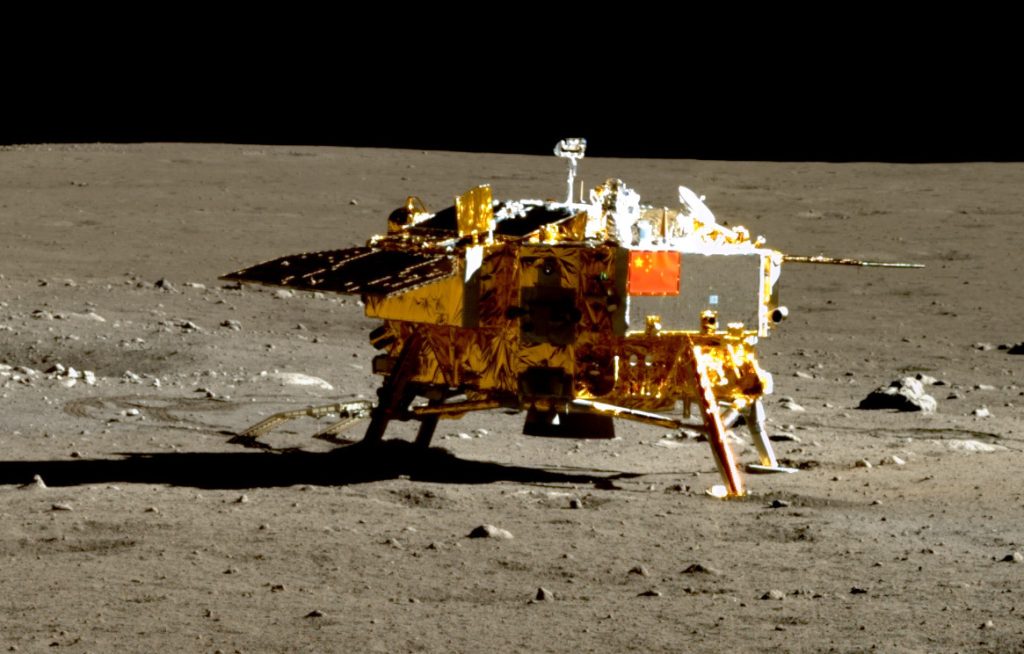
Chang’e 3 was the first Chinese mission aiming to land on the Moon’s surface. Launched in December 2013, the Lunar Landing Vehicle consisted of a soft lander and a rover.
Chang’e 3 was launched to the Moon on a Long March 3B rocket. After some manoeuvres, it landed in Mare Imbrium on 14th December, with the rover rolling out later.
The lander and rover had a variety of instruments, like cameras and spectrometers, to explore the lunar surface. The rover, designed to last for 90 Earth days, covered a maximum range of 10 km. Data collected by these instruments was sent back to Earth in real-time.
The mission was a part of the second phase of China’s Lunar Exploration Program aiming at manned flights to the Moon.
✅ Success: Chang’e 4, December 2018
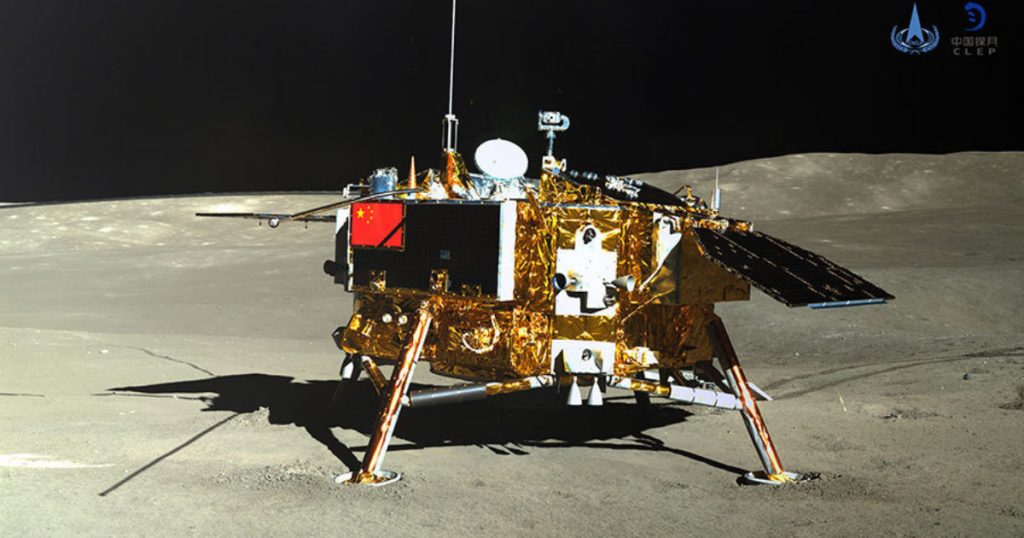
Change’4 is another successful Moon landing mission by China. Its aim was to explore the far side of the Moon. Launched in December 2018, the lander and rover entered lunar orbit on 12th December and successfully landed in the Von Karman crater.
Since the far side blocks direct communication with Earth, a relay satellite named Queqiao was used to maintain contact. The lander carried equipment including a radio spectrometer, cameras, and a biological experiment. The Yutu 2 rover explored the lunar surface and conducted measurements using its instruments, such as cameras and penetrating radar. Both the lander and rover hibernated during the lunar night and resumed operations during the day.
❌ Fail: Beresheet, February 2019
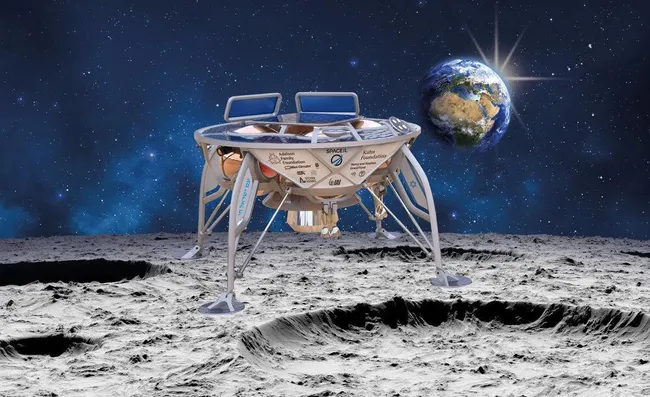
Beresheet was Israel’s first lunar mission and the first attempt by a private company to land on the Moon operated by SpaceIL and Israel Aerospace Industries. The mission was launched in February 2019 and mostly served as an inspiration.
The lander’s first name was Sparrow but that was changed to Beresheet, meaning “in the beginning.” Everything looked good at first as Beresheet1 reached Moon orbit, however, its landing attempt ended with a crash in April 2019.
In late 2020 SpaceIL announced a plan for Beresheet2 to launch in 2024.
❌ Fail: Chandrayaan-2, July 2019
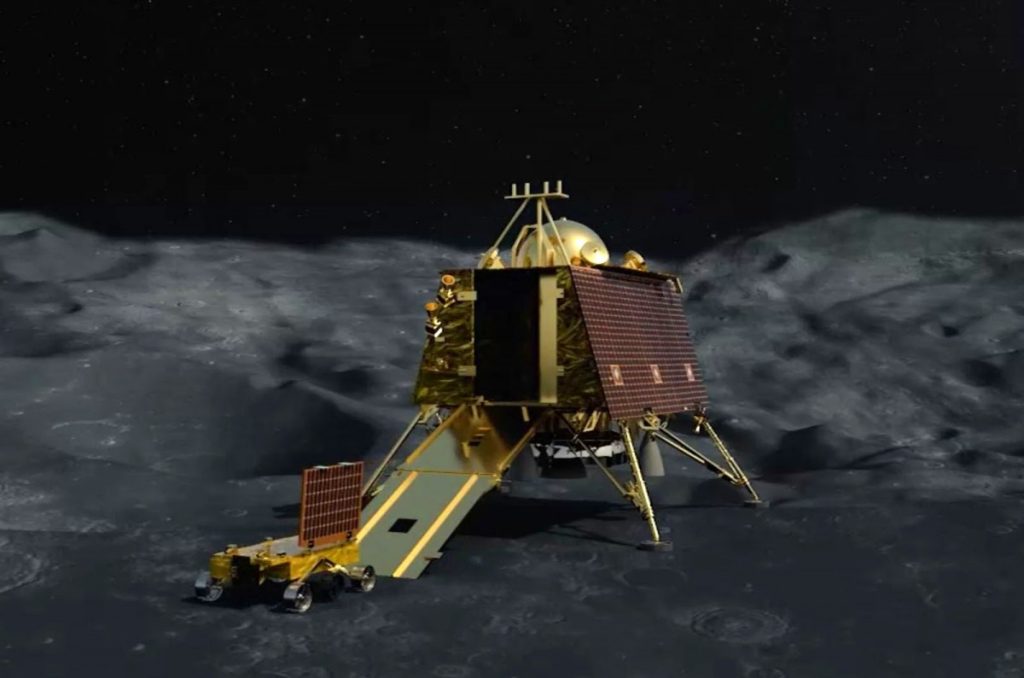
Chandrayaan-2 was India’s first attempt to soft land on the Moon but it didn’t succeed. Launched in July 2019, the mission featured an orbiter, lander, and rover.
The primary goal of the mission was to map and analyze the differences in the composition of the lunar surface, along with finding water on the Moon. The lander and the rover were expected to land in the south-polar region of the Moon. Unfortunately, due to a software glitch, the rover crashed while attempting to touch down.
✅ Success: Chang’e 5, November 2020
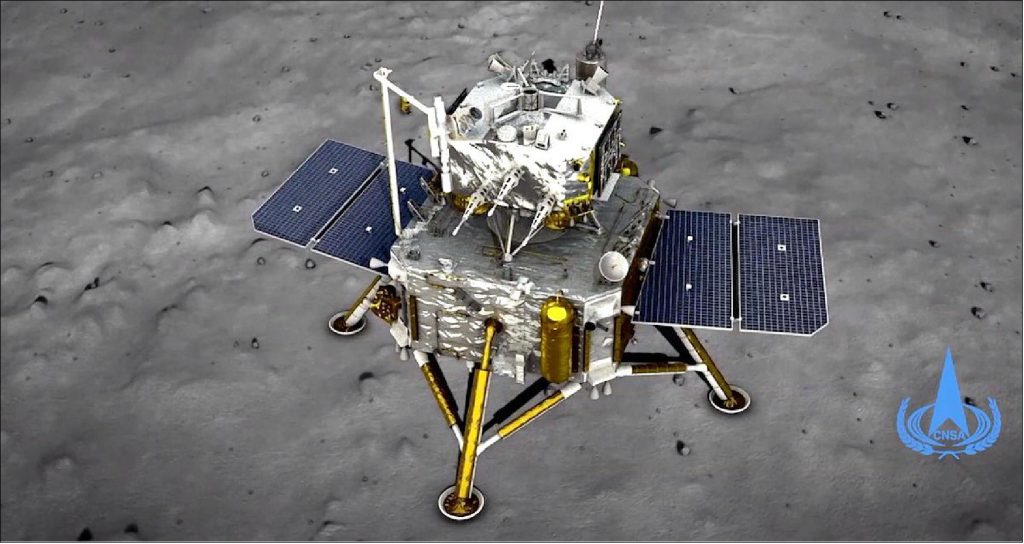
Chang’e-5 was another successful Moon landing mission led by the Chinese National Space Administration (CNSA). Launched in November 2020, Chang’e 5 was a lunar sample return mission. It successfully landed in the Mons Rumker region of the Moon and collected around 1.731 kg of lunar regolith.
The lander, equipped with a robotic arm, sampling scoop, and drill, collected the samples and transferred them to an ascent vehicle. The ascent vehicle lifted off from the Moon, docked with the orbiter and transferred the samples to the return capsule. The return module then orbited the Moon for five days before heading back to Earth.
❌ Fail: OMOTENASHI, November 2022
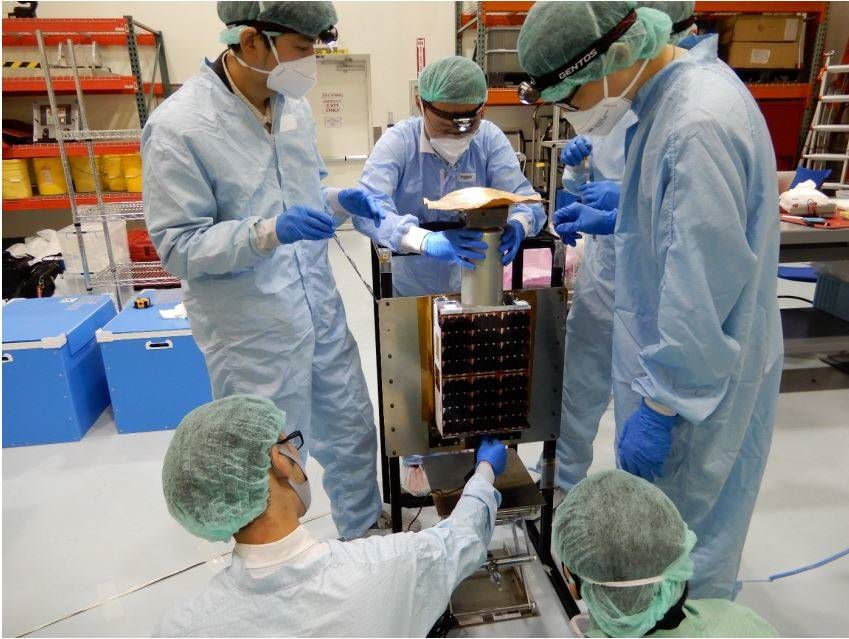
Japan’s OMOTENASHI mission was launched in November 2022 with NASA’s SLS rocket and the Orion spacecraft. The lunar landing mission aimed to test whether a small CubeSat can successfully land on the surface of the moon. The OMOTENASHI CubeSat was to take measurements of the radiation environment near the Moon as well as on the lunar surface.
Unfortunately, almost immediately after separating from the rocket, JAXA lost contact with the spacecraft.
❌ Fail: Hakuto-R Mission 1, December 2022
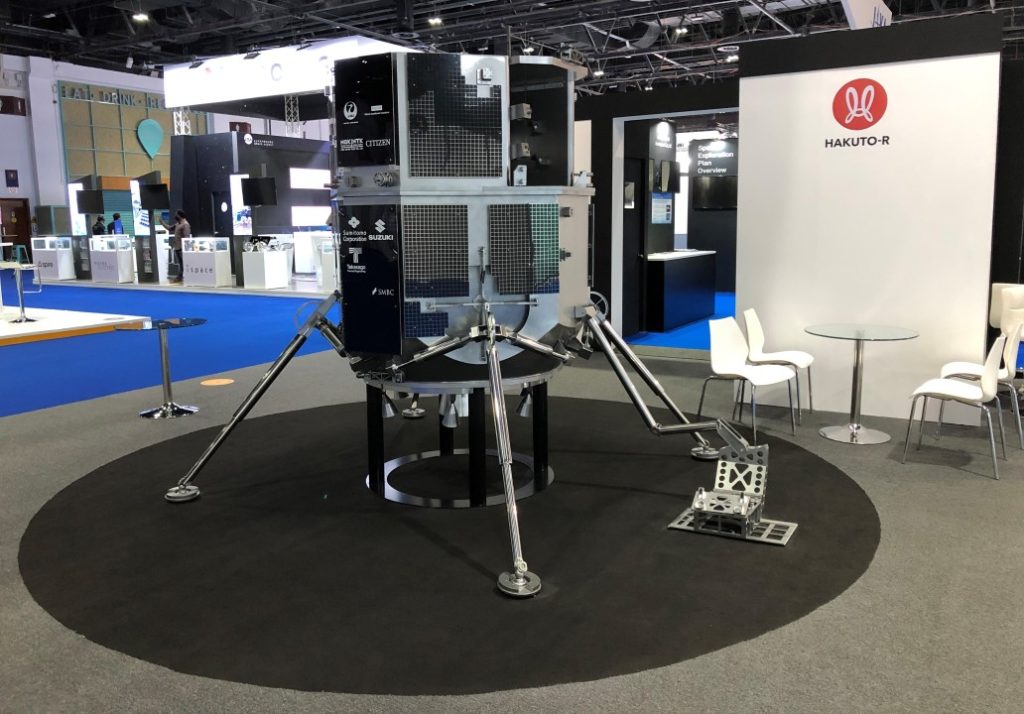
Hakuto-R Mission 1 was launched with a SpaceX Falcon 9 rocket in December 2022. The mission was under the control of the private Japanese company ispace.
According to the plan, the spacecraft was to land in Atlas Crater in the northeastern quadrant of the Earth-facing side of the Moon, in April 2023. In case of success, Hakuto-R would have been the first privately operated moon lander to accomplish a lunar landing. However, the spacecraft didn’t manage to land due to a software issue. This first Hakuto mission was primarily a technology demonstrator and carried a small rover called Rashid developed by the UAE.
✅ Success: Chandrayaan-3, July 2023
In July 2023, India launched Chandrayaan-3 – the third mission in the Chandrayaan programme. The payload consisted of the Vikram lunar lander and Pragyan rover. The mission resulted in a triumph for the Indian Space Research Organisation (ISRO), making India the fourth country to successfully land on the Moon and the first to do so near the lunar south pole.
Changrayaan-3 aimed to research the Moon’s composition as well as the scarcely under-explored lunar poles. As a result, ISRO has officially confirmed the successful detection of sulfur and other elements on the lunar south pole.
The Chandrayaan-3 propulsion module has successfully returned to Earth orbit, while the Vikram lunar lander and the rover have remained in slumber on the Moon after prior attempts to awaken the vehicles failed. Still – soft landing, return; well done!
❌ Fail: Luna 25, August 2023
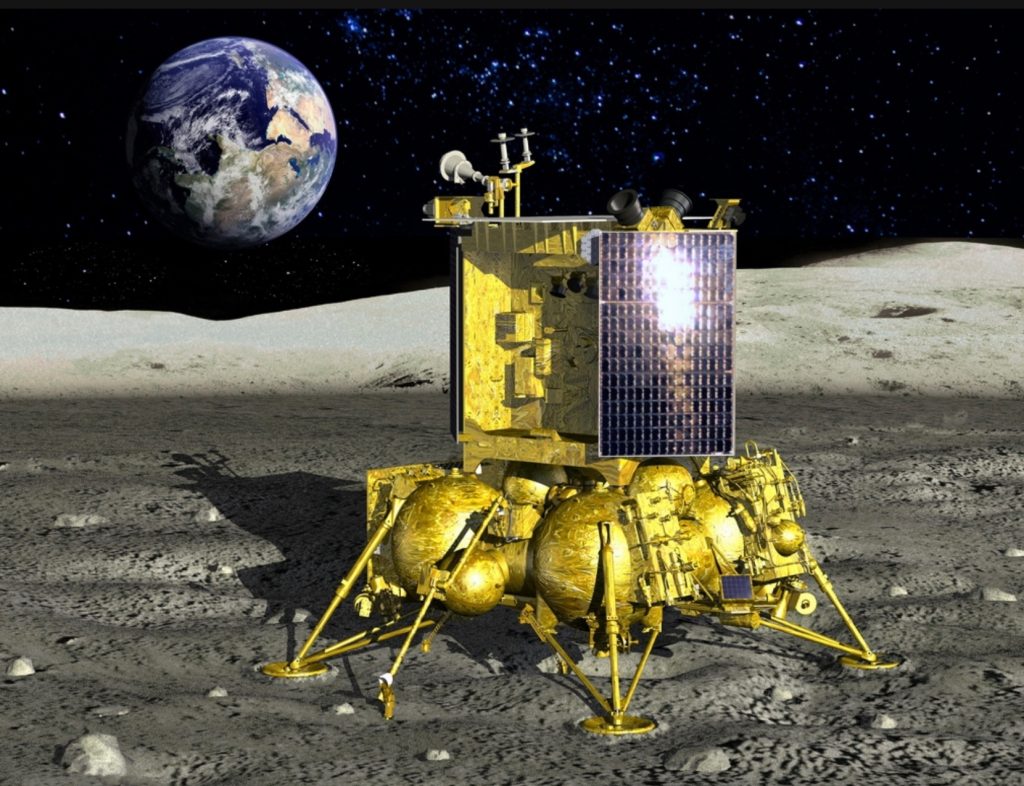
While most of the Moon landing missions featuring this list were landing attempts by companies or countries that were doing this for the first time, you might be surprised to see a Russian mission. But please don’t confuse the great achievements of the former USSR (thanks to the efforts of many scientists and engineers from Ukraine, Kazakhstan, Azerbaijan and other countries) and modern-day Russia.
For the first time since 1976, Russia launched a lunar mission in August 2023, around a month after ISRO’s Chandrayaan-3 mission launch. This set the stage for a fresh competition: a race to see who can reach the Moon’s south pole first, as Luna 25 was scheduled to touch down even before the Indian lander.
While the spacecraft was expected to spend a year on the lunar surface, Luna 25 crashed and as such is going to remain there until acted upon by an external force. Low-quality domestically manufactured components due to sanctions, rushed orbit control software, or some other issue forced the lander into ‘an off-design orbit’.
❌ Fail: Peregrine Mission One, January 2024
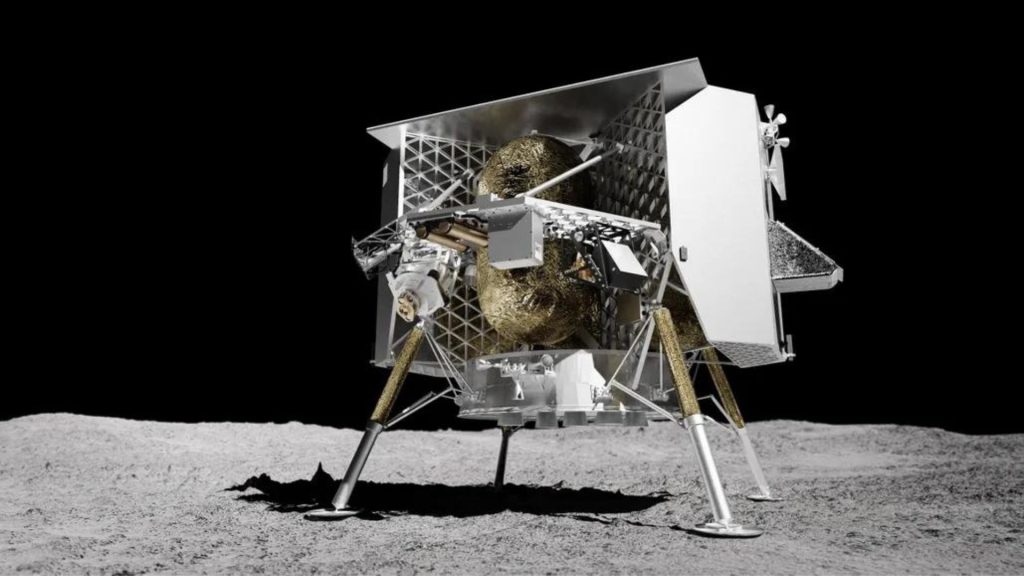
Launched with ULA’s Vulcan rocket, the Peregrine Mission One was launched on 4th January 2024. Peregrine Lunar Lander was built by Astrobotic, which had been selected as a part of NASA’s Commercial Lunar Payload Services (CLPS).
While the maiden launch of Vulcan Centauri was a success, the first US-built lunar lander launched since the crewed Lunar Module from the Apollo program didn’t manage to land. Shortly after launch, the Peregrine lander suffered a propellant leak. Despite the Astrobotic team’s successes at charging the batteries and stabilising the situation, the company had to admit there was no chance of a soft landing.
Astrobotic decided to position the Peregrine spacecraft for a safe, controlled re-entry to Earth, and the lander broke up east of New Caledonia.
✅ Success: SLIM, January 2024
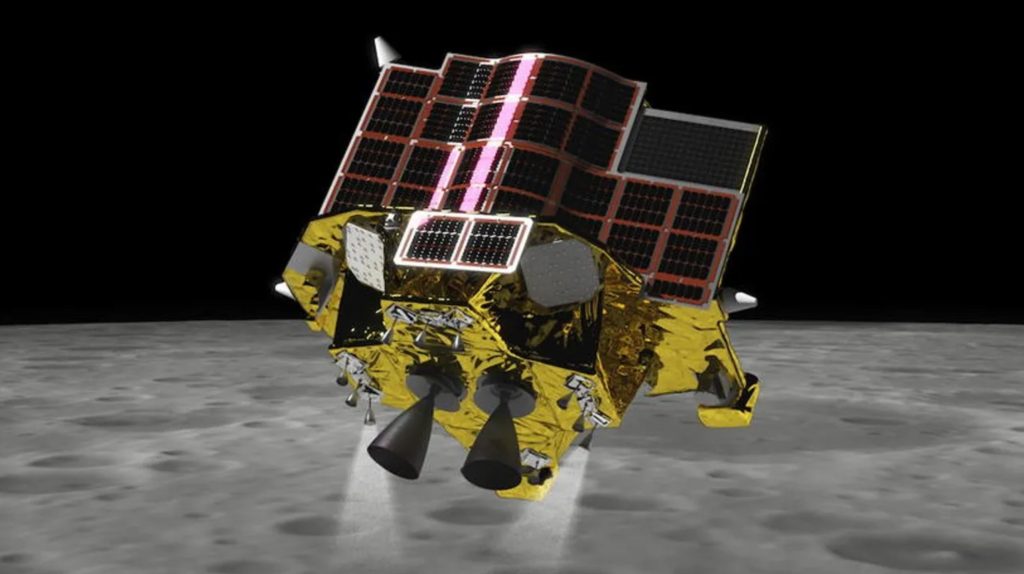
SLIM is the latest Moon landing mission by the Japan Aerospace Exploration Agency (JAXA). Launched on 6th September, the SLIM lander, also known as ‘Moon Sniper’, reached lunar orbit on Christmas, 25th December 2023.
After a successful orbit-lowering maneuver, the lander touched the Moon’s surface on 19th January. However, JAXA’s team could not confirm the status of the spacecraft. While Moon Sniper landed successfully, it faced a power issue as solar cells were not functioning properly.
Despite we can’t say it’s a 100% win, it makes Japan the fifth country in the world to successfully complete Moon landing missions. At the time of writing this article, JAXA hopes that the solar cells will be able to produce enough energy to get started.
![Beauty of the Pink Moon And Lyrid Meteor Shower in This Week’s Best Astrophotos [19-26 April] Beauty of the Pink Moon And Lyrid Meteor Shower in This Week’s Best Astrophotos [19-26 April]](https://orbitaltoday.com/wp-content/uploads/2024/04/Pink-Moon-is-on-its-way-above-the-mountains-1-300x300.jpg)


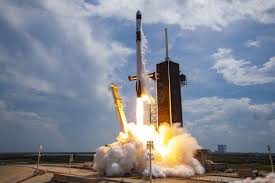


Thank you for your comment! It will be visible on the site after moderation.